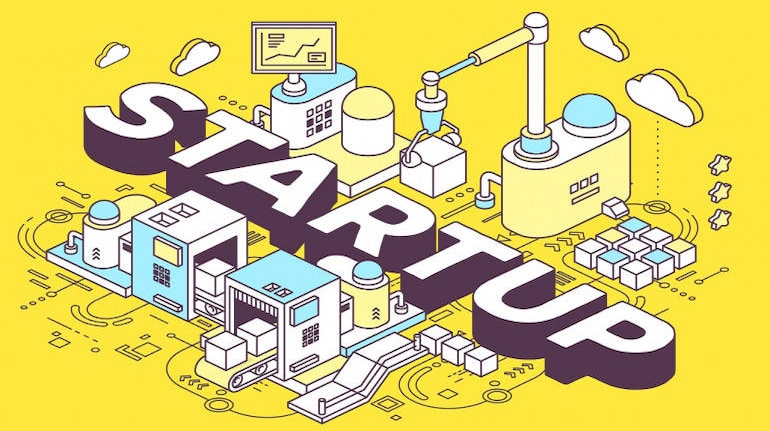$300 million, 10 startups and a dream: Decoding the secretive Thrasio-model by Indian startups
Three-year-old Thrasio had $500 million revenue and $100 million in profit last year. Now, Indian investors are investing nearly $300 million in the first funding rounds of Thrasio's India equivalents. Moneycontrol decodes the stakes involved, challenges, opportunities and what's next for them.
Mumbai / June 11, 2021 / 08:19 IST
The venture capitalist is mystified. He has seen half a dozen startups pitch to him and his partners at a top firm in the last month or two. That’s in addition to three newsbreaks from media outlets about similar startups, which piqued his interest. All these companies have a near-identical pitch. They want to acquire fast-growing online-first brands and build a portfolio of such brands. The parent company will bring in its technology, marketing chops and turbocharge the growth of the brands they acquire.
This so-called Thrasio model has been doing the rounds in India’s startup and venture capital space in the last 2-3 months, with every top VC firm contemplating an investment or already having invested. “This is India’s next revolution in the consumer space. This is Flipkart in 2008, or Swiggy in 2015,” said one investor in such a firm. Until now, except their funding rounds- these companies’ plans and more importantly, challenges, have not been covered. The hype and secrecy around Thrasio-based models are contradictory yet tightly linked. At least three of these startups don’t even want their name in the market yet and their founders’ LinkedIn profiles say they work at a ‘stealth mode startup.’The hype is such that of the eight people Moneycontrol spoke to for this story- investors in these firms, investors making up their mind and entrepreneurs running them, not one could speak on the record. Some don’t want to be perceived as having doubts about this business (even though they actually do) while others are secretive about their plans in order to have a competitive advantage. They all requested anonymity.What is Thrasio? Thrasio, founded by Joshua Silberstein and Carlos Cashman in 2018, capitalises on two key American trends- having a brand for everything, and brands scaling quickly on Amazon. The US has “a culture of brands,” one investor says. Many American brands relevant even today- Whirlpool, Brooks Brothers and Colgate, are hundreds of years old. Very few other countries have the sheer number of brands the US does. Many of them dominate nationally, some internationally. In the era of online brands, Thrasio buys the hottest up-and-coming brands which sell on Amazon and gives them the marketing, cost-optimisation and technological chops that Thrasio specialises in. It turbocharges growth for these profitable companies. In 2020, Thrasio generated $500 million in revenue and $100 million in profit- a word that eludes far bigger and well-known internet firms the world over. The three-year-old upstart was valued at $3 billion in February according to Bloomberg, and at $3.5 billion a month later, as per a person aware of the matter. Another similar firm, Perch, a Boston-based startup founded in late 2019, was valued at a billion dollars earlier this week, when SoftBank’s Vision Fund 2 led a $775 million Series A round. Perch is also profitable and operates over 70 brands.The people in playThis is the thesis that Mensa Brands, founded by former Myntra CEO Ananth Narayaan; GOAT Brand Labs, founded by Flipkart fashion head Rishi Vasudev; and at least six more startups have. Narayanan, Vasudev and FirstCry founder Supam Maheshwari have raised $150 million just between the three of them for this. 
Story continues below Advertisement
Invite your friends and family to sign up for MC Tech 3, our daily newsletter that breaks down the biggest tech and startup stories of the day
Discover the latest Business News, Sensex, and Nifty updates. Obtain Personal Finance insights, tax queries, and expert opinions on Moneycontrol or download the Moneycontrol App to stay updated!





